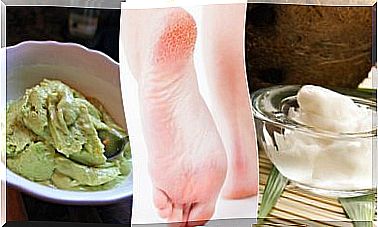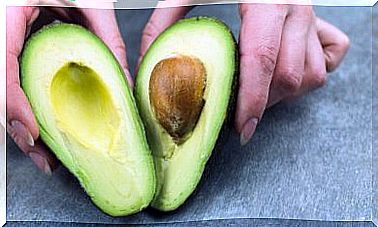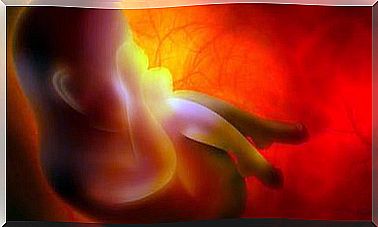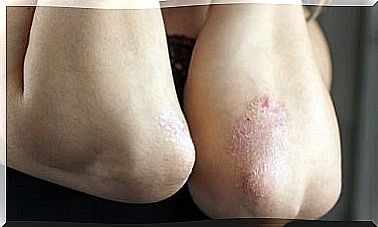10 Symptoms That Warn Of The Existence Of A Gastroduodenal Ulcer
We tell you how the gastroduodenal ulcer manifests itself. If you identify any of these symptoms acutely or extended over time, it is necessary to go to the specialist to receive a timely diagnosis.
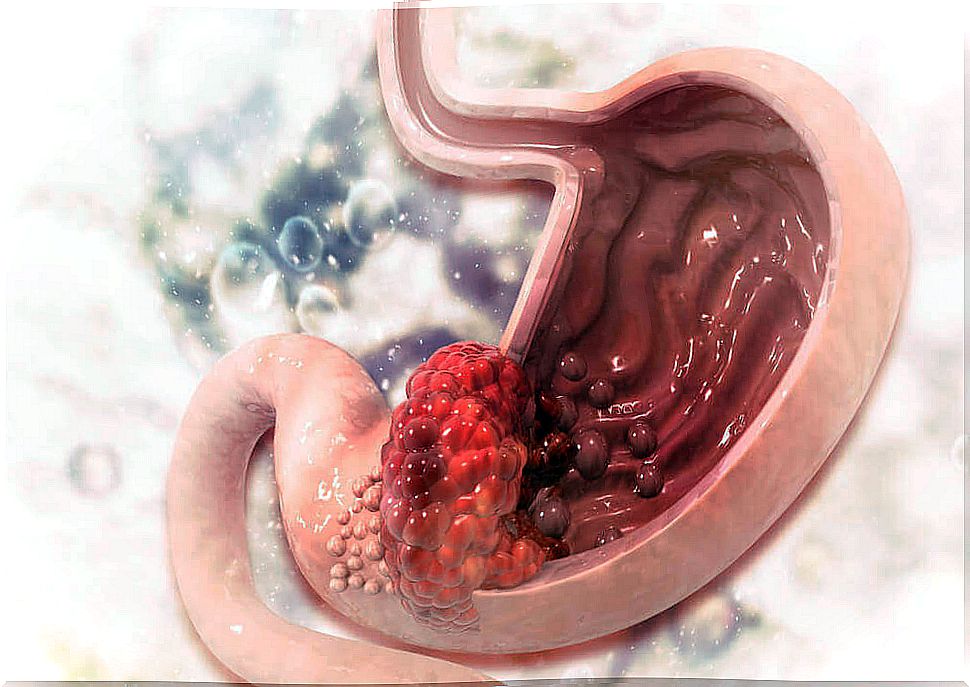
Gastroduodenal ulcer is a very common condition that occurs when there is some type of injury to the mucosa that protects the stomach and duodenum, that is, the first part of the small intestine. It is produced by the increase in acid secretions that alter the walls in these areas, causing a strong burning sensation, and even pain.
Until some time ago, its origin was unknown, but today it is known that the Helicobacter pylori bacterium is its main cause. In developed countries, such as the United States, about 40% of the population has this bacterium; in Mexico, its prevalence is close to 80%. These data are derived from a study published in the Revista de Gastroenterología de México .
Likewise, the same research also determines that people who drink alcohol have a higher risk of suffering from it; In contrast, this relationship was not seen between coffee consumers and smokers, although medical sites such as Medline Plus do establish that connection.
Symptoms of a peptic ulcer
Knowing how to identify the symptoms that accompany this condition is decisive to be able to give it a timely and adequate treatment. Here are the 10 most obvious signs. If you present any of them chronically or acutely —that is, with intensity— do not hesitate to consult your doctor.
1. Constant indigestion
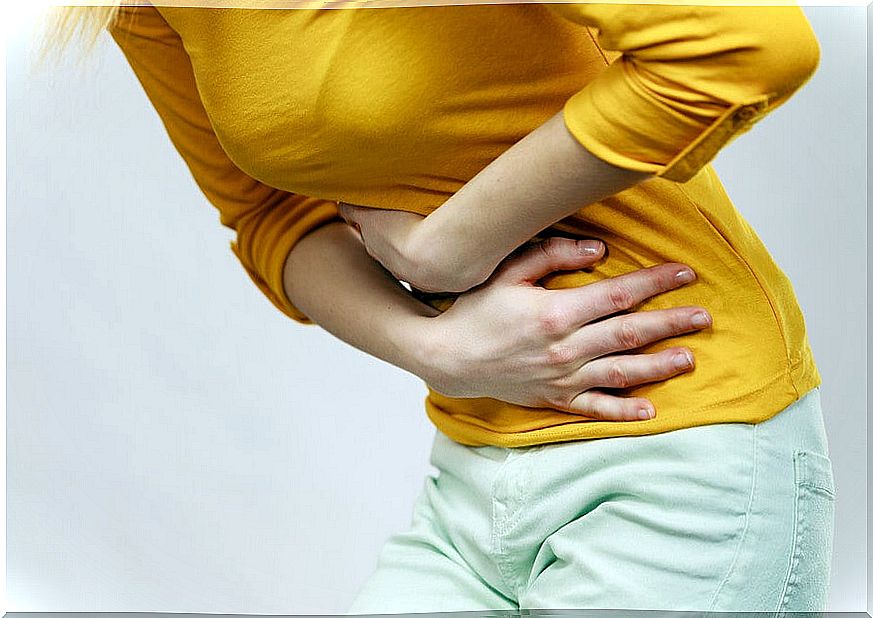
Indigestion is a disorder characterized by intense discomfort in the upper abdomen, almost always accompanied by burning, a feeling of fullness, and gas. The Mayo Clinic specialized site details that it is one of the symptoms of a gastroduodenal ulcer.
Although this may appear due to eating too large meals or gastritis, it cannot be ruled out that its recurrence is due to the presence of an ulcer. If you have doubts about it, ask your doctor.
2. Abdominal pain
Although it is associated with the above symptom, it usually appears between the navel and the breastbone after eating almost any food. It is a type of localized ailment that can vary in intensity depending on the digestive difficulty that is causing it.
3. Abdominal swelling
Abdominal distention and a feeling of heaviness are recurrent when you have some degree of this pathology. When there are difficulties in properly digesting food, the tissues give an inflammatory response that is worsened by the accumulation of toxins.
4. False feeling of hunger
Shortly after eating, a stinging sensation very similar to hunger appears, which can be confused with the desire to eat. According to the Medline article cited above, it is another symptom of this type of ulcer.
This fact occurs because gastric juices are increased as a result of the ulcer, which prevents feeling completely full.
5. Nausea
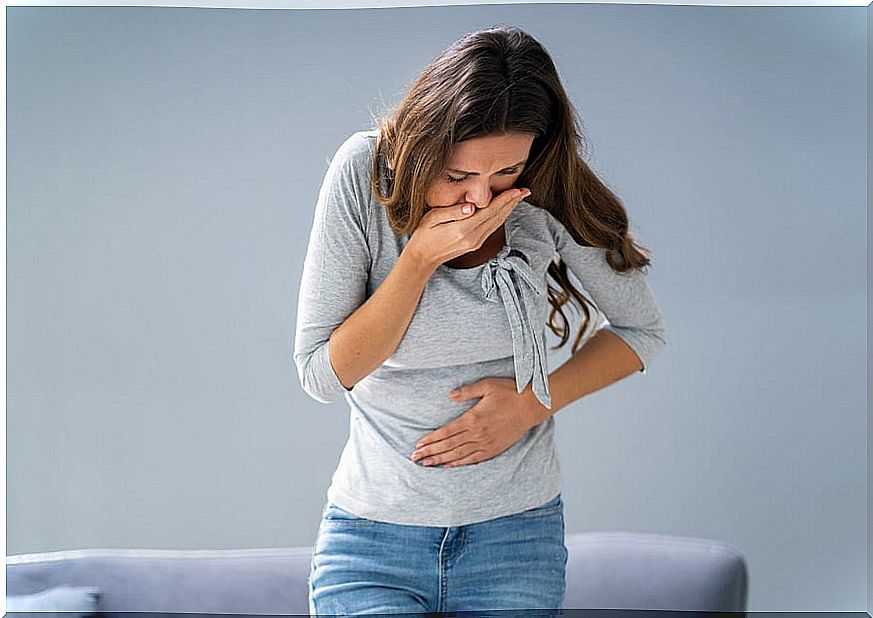
Nausea is the feeling of wanting to vomit and is almost always related to a digestive condition. In this case, they are triggered by the existing imbalance between the defensive and aggressive factors of the gastroduodenal mucosa.
6. Loss of appetite
Due to the uncomfortable symptoms that it triggers immediately after eating, some stop feeling hungry and begin to eat poorly. In relation to this, an article published in Offarm states that only 20% of patients who suffer from these ulcers show an increase in appetite.
When there is a decrease in appetite, it is usually due to fear and discomfort that food intake generates. Because of this, it can take a lot of work for the person to regain their eating habits.
7. Decreased body weight
Due to decreased appetite and vomiting caused by ulcers, many patients lose significant weight. For some it may seem like a privilege, but the truth is that this is accompanied by nutritional deficiencies that are dangerous to health.
8. Melenic stools
Melenic feces attract attention because of their black color, as dark as oil, and their foul odor. If your stool presents in this way, see a doctor quickly, as it is a medical emergency.
9. Chest pain
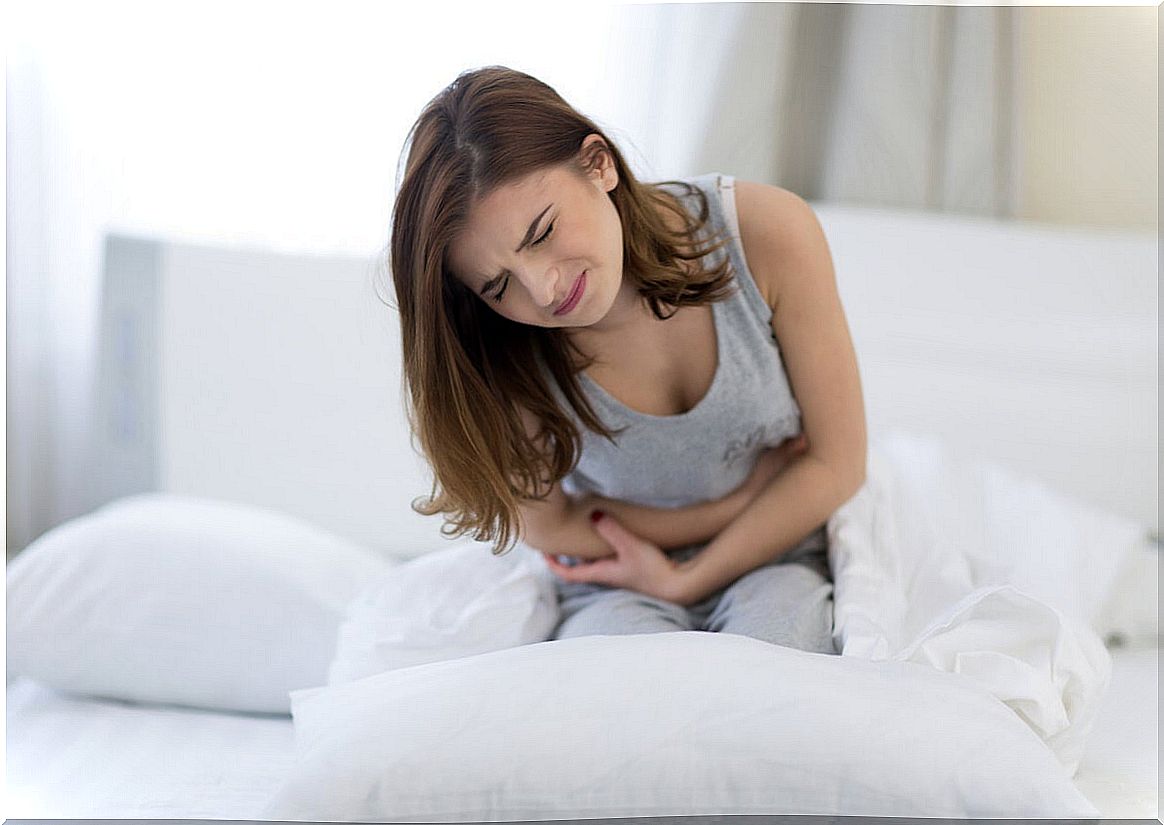
Chest pain is an abnormal discomfort that occurs in the front of the body, specifically in the region above the diaphragm. Although heart-related disorders are its main cause, some patients with ulcers have also reported perceiving it, according to the Medline Plus article already cited.
10. Vomiting with blood
Gastric juices that are concentrated in the intestine trigger vomiting. Sometimes these are accompanied by some type of bleeding. In the latter case, immediate attention is required because the ulcer has already worsened and may become a bigger problem.
Gastroduodenal ulcer: medical consultation is essential
After identifying any of the symptoms cited here, it is best to consult your doctor, especially if they occur with intensity or for several days. The professional will be able to make a timely and adequate diagnosis better than anyone.
In case of confirming a gastroduodenal ulcer, it is necessary to modify the eating habits and adopt other healthy routines that help its recovery. The indications given by the specialist will be key in this regard.
